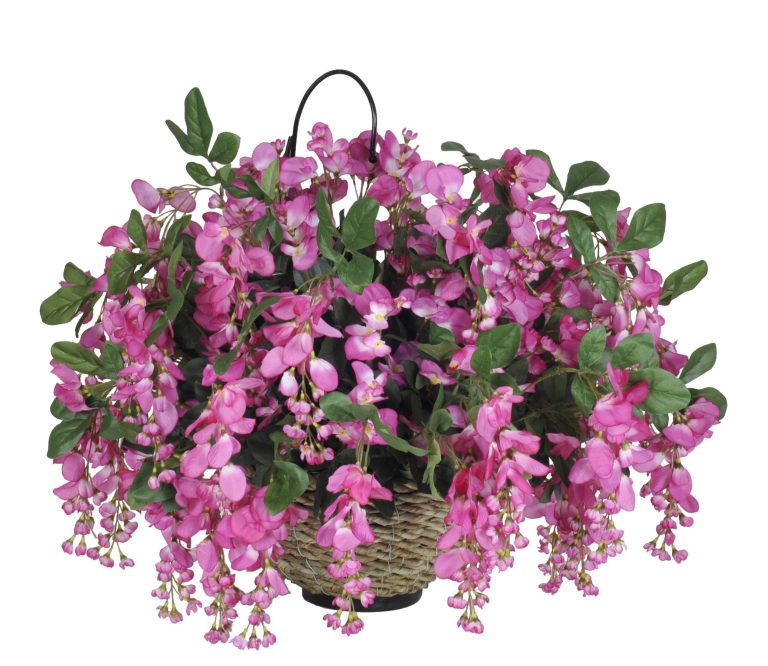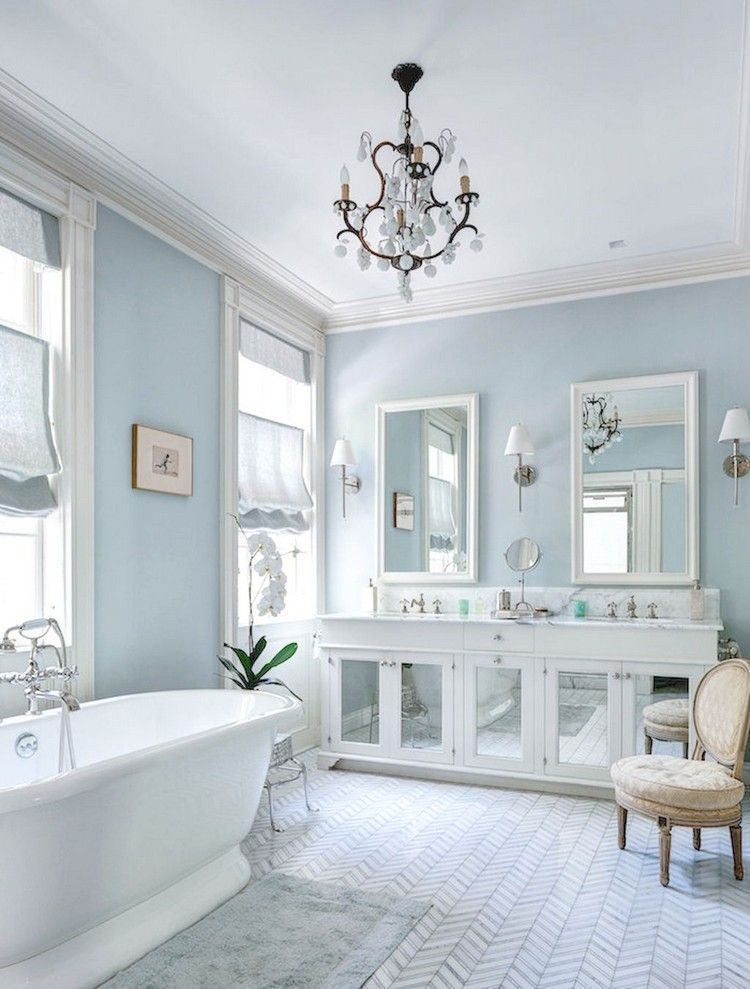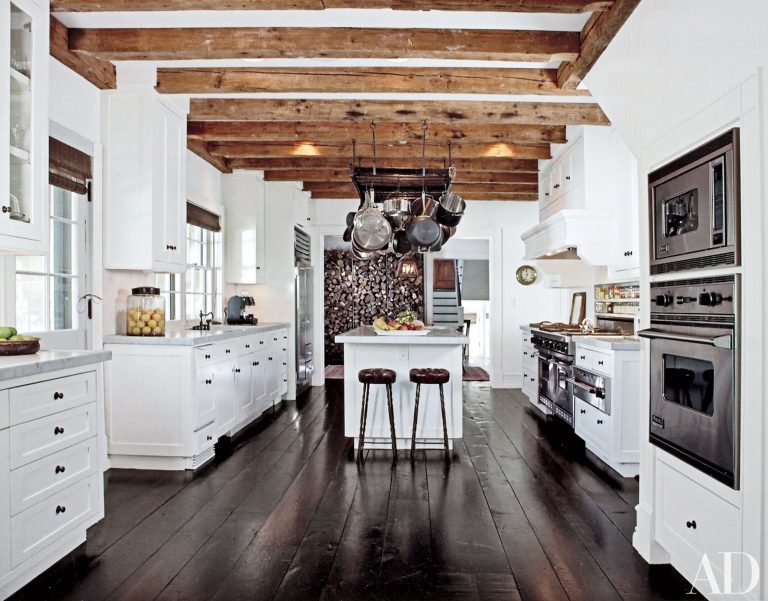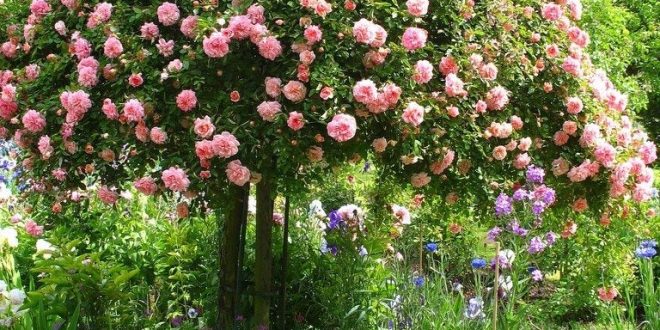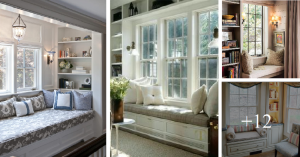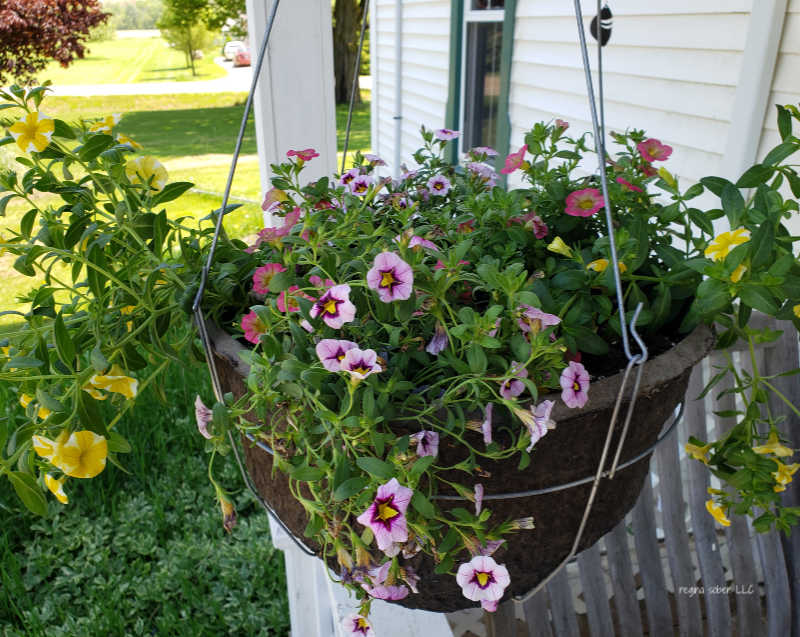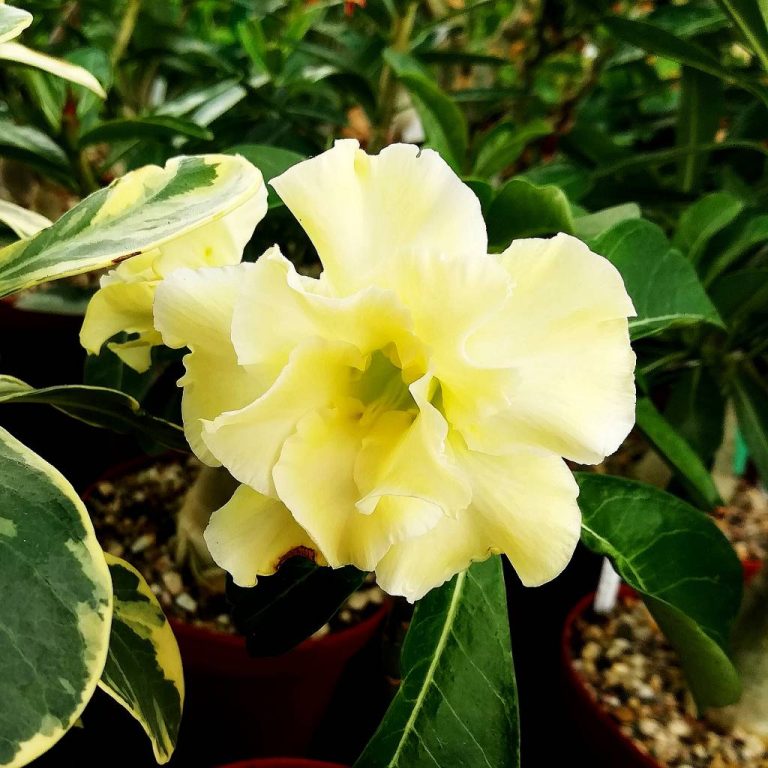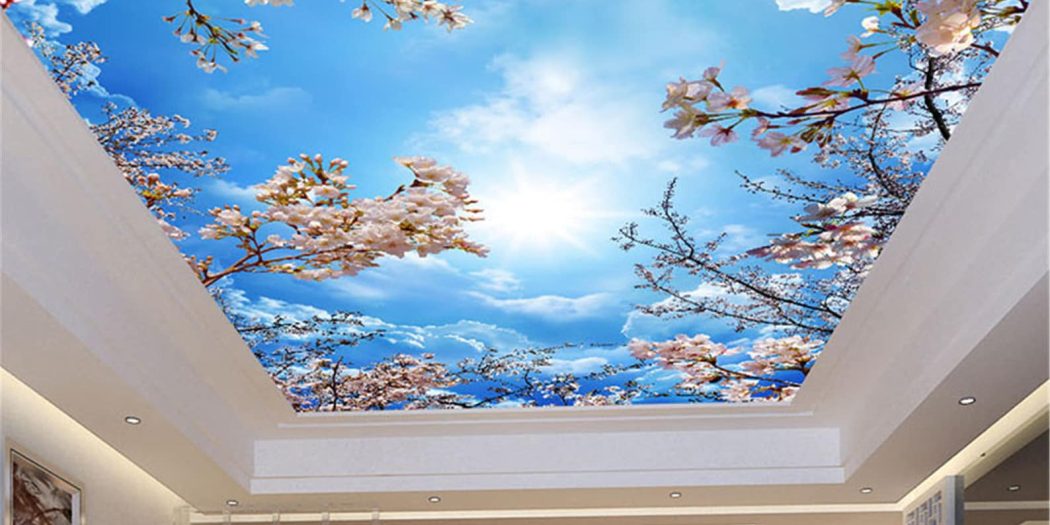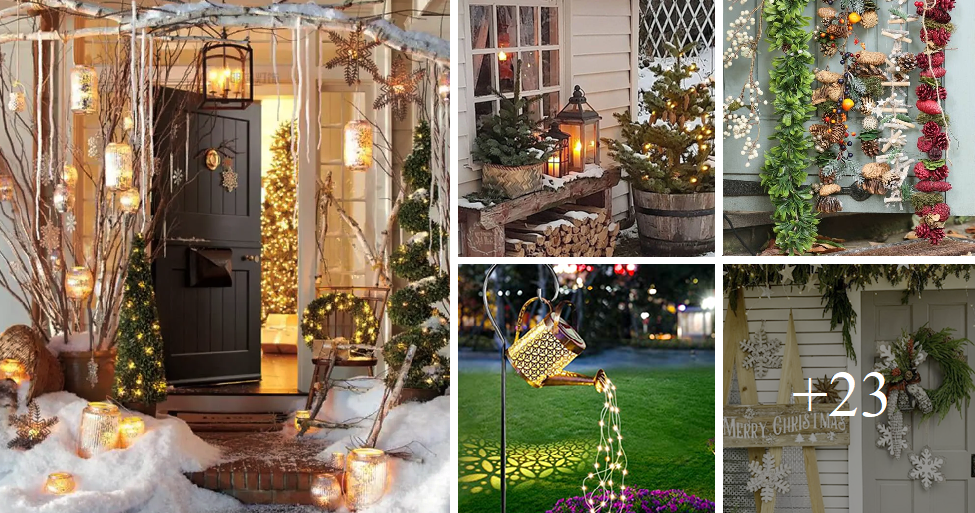

In the 1930s, the kitchen was transformed from the old-fashioned kitchen to the “Streamlined-Modern Kitchen” with time-saving features, better organization and much improved ventilation. The “all-electric kitchen” was promoted in popular magazines with many advertisements showing newly designed small and large appliances. Mixers were the homemaker’s dream now designed with many attachments that could sift flour, mix dough, grate cheese, squeeze lemons, whip potatoes, shred, slice and chop vegetables and even sharpen knives. “Depression Green” was the “in” color used on the wooden handles of kitchen utensils, on kitchen cabinets and tables, and on cookware. Often the accessories were cream and green, replacing the white and black look of the previous decades.
Other popular color combinations in the 1930s were gray and red or red, silver and green, pearl pink and blue, as well as the use of check patterns on textiles. Kitchen items such as jars and bread boxes tended to be softly painted with perhaps a simple decal.
In 1935, the National Modernization Bureau was established to promote modernization throughout the country. Manufacturers competed for better designed appliances and kitchen accessories. Color began to enter kitchens in the thirties and magazine articles included interior design tips on color schemes and how to integrate the kitchen into the rest of the home. Kitchens were no longer workstations but received as much attention as the rest of the home. Small and large appliances were available in color, and Sears and Montgomery Ward featured colorful kitchenware and “Japanized” accessories such as canning sets, assortment sets, cake savers, bread boxes, and trash cans.
The 1940s: The Colorful Postwar Era
Post-war kitchens in the 1940s began to become gathering places for families and now tables and chairs made of chrome bottoms with enamel, linoleum or plastic sheets could be added to a more spacious kitchen that replaced the less work-centered earlier kitchens. Separate formal dining rooms were replaced by kitchens that could accommodate family and guests. The kitchen was becoming a very inviting space and primary colors dominated the decor palette. Magazines advertised products for your “Gay Modern Kitchen”. Combinations of red, green and yellow or red and black were popular, as were colorful cloths, textiles and curtains. Flowers, fruits and Dutch motifs were in fashion and were found on shelf paper, decorations, decals and kitchenware. Appliances continued to be manufactured with streamlined designs, rounded corners and smaller proportions. The washing machine/dishwasher combination was introduced, as were garbage disposals and freezers for home use.

